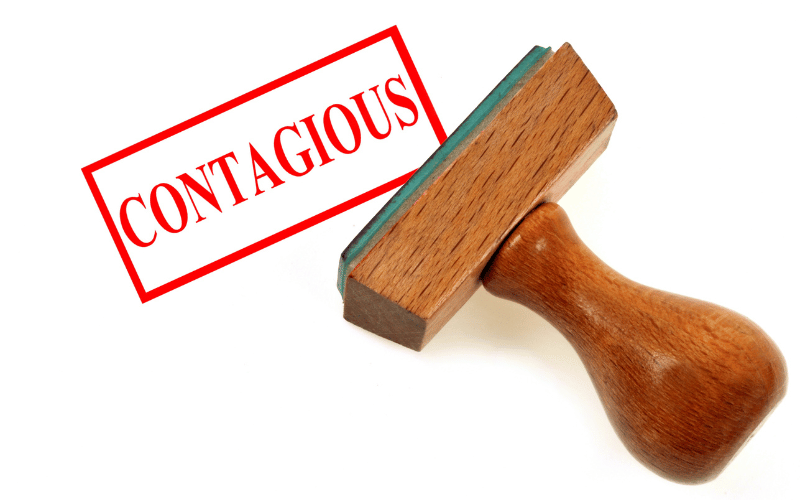8. The Spread and Contagion: Navigating MC’s Transmission Paths

MC’s transmission routes are multifaceted. Skin-to-skin contact is a common pathway, making close personal interactions a potential risk factor. But direct contact isn’t the only way one can get infected. The environment plays a role too.
Shared objects, like towels or toys, can harbor the virus for a certain period, making them transmission agents. This fact underscores the importance of personal hygiene and the caution needed when using communal facilities like pools or gyms.
The MC lesions themselves are reservoirs of the virus. Scratching or touching them and then touching other parts of the body can spread the virus. This self-inoculation is a reason why individuals might notice the bumps spreading to adjacent areas of the skin.
Though not as common, it’s worth noting that the virus can spread through sexual contact among adults. In such cases, lesions might appear on the genital areas, making it essential to distinguish MC from other sexually transmitted infections.
Exploring MC’s transmission offers insights into its contagious nature. But it’s also a testament to the virus’s adaptability. Navigating various transmission routes, MC ensures its survival and propagation, further emphasizing the need for awareness and preventive measures. (8)